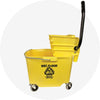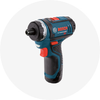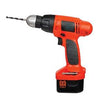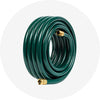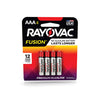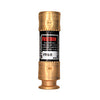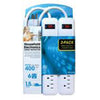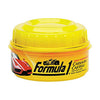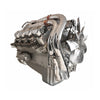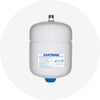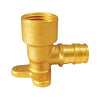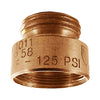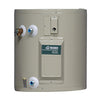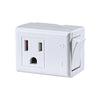Guide to choosing the best paint additives
∙ min read

Are you looking to elevate the look and functionality of your painting projects? Paint additives are the perfect solution to enhance the quality of your work. In this buying guide, you'll explore everything you need to about additives and how they can optimize the durability and finish of any surface.
Additives offer a wide range of benefits for any project, whether indoor or outdoor. This Max Warehouse article teaches you how to choose the best additive for each application and transform your spaces with professional-quality finishes.
Types of paint additives
Here's a rundown of the most common types and their uses:
- Anti-mold additives: These prevent mold and mildew growth in damp areas like bathrooms and basements. They are perfect for keeping walls dry and stain-free.
- Leveling additives: Used to improve paint flow, achieving a smoother, more even finish, especially on surfaces that tend to show brush or roller marks.
- Anti-splatter additives: Ideal for ceiling painting, these additives reduce the amount of drips and splatters during application, keeping your workspace and floors cleaner.
- Anti-slip additives: These are added to floor paints to create a texture that prevents slipping, making them perfect for high-traffic areas or surfaces that frequently get wet, like patios or outdoor hallways.
- Drying accelerators: Perfect for projects that require quick drying times, they also reduce the wait time between coats, allowing for a faster finish.
- Extenders: These additives are typically used in hot climates or when more time is needed to work with paint. They extend drying time, making it easier to work on large areas.
- Dirt repellents: These products keep surfaces cleaner for longer by creating a barrier that repels dust and stains. They are commonly used in kitchens and hallways.
- Texturizers: Add beauty and style to surfaces while filling in minor cracks and imperfections.
- Light reflectors Enhance the brightness of spaces by increasing the reflectance of painted surfaces. They are useful in dark or low-light areas to help reflect natural light.
Popular additives: floetrol and penetrol
Both Floetrol and Penetrol are valuable tools for professional painters. The choice between the two depends on the type of paint used and the specific characteristics of your project. Here’s a closer look at their unique features:
Floetrol
Floetrol is a water-based additive designed for latex and acrylic paints. Its primary function is to improve paint flow and leveling, reduce brush and roller marks, and enhance the final finish. Floetrol extends drying time, allowing more time to work with the paint. It minimizes splashes and works well under adverse weather conditions like high or low temperatures and humidity. It’s used on both ints and exteriors, including walls, ceilings, doors, and furniture, and is also popular for fluid art techniques and spray painting.
Penetrol
They are designed for oil-based paints, such as enamels, varnishes, and similar products. It enhances paint penetration and adhesion, facilitating a smoother and more even application on challenging surfaces. Penetrol is ideal for exterior work and complex surfaces like rusted metals, hardwoods, and areas exposed to harsh conditions, such as moisture and intense sun. It reduces brush and roller marks and improves adherence on worn or hard-to-paint surfaces, preventing the paint from becoming sticky or thick, especially in cold weather.
How to choose the suitable additive
Choosing the suitable additive depends on several factors, such as the type of paint, the surface you’re working on, environmental conditions, and the finish you want to achieve. Here are some tips to help you select the appropriate additive:
- Identify the type of paint and surface, and consider the climate and environmental conditions.
- Define the desired finish. Leveling additives are best for eliminating brush or roller marks, while texturizing or reflective additives provide specific effects.
- Consider protection needs, such as preventing moisture and stains.
- Read the manufacturer's recommendations for both paint and additives. Some products are formulated to work better with specific brands or types of paint.

Visit Max Warehouse and discover how we can help
With the proper additives, you can completely transform your painting projects and achieve professional results in every application. Whether you want to improve durability, achieve smoother finishes, or simplify the painting process, Max Warehouse has everything you need. We offer additives, paints, tools, sealers, and more—all in one place.
Check out our Max Pro program if you're a professional or run a painting business. By joining, you’ll enjoy multiple benefits, such as special volume pricing, exclusive discounts, and personalized support. Don’t miss the chance to take advantage of these benefits designed just for you and your business.
Find the best paint supplies for every one of your projects.
Sources:
- https://www.pcimag.com/ext/resources/AdditivesHandbook/PCI-Additive-Definitions-2011-SECURED.pdf


